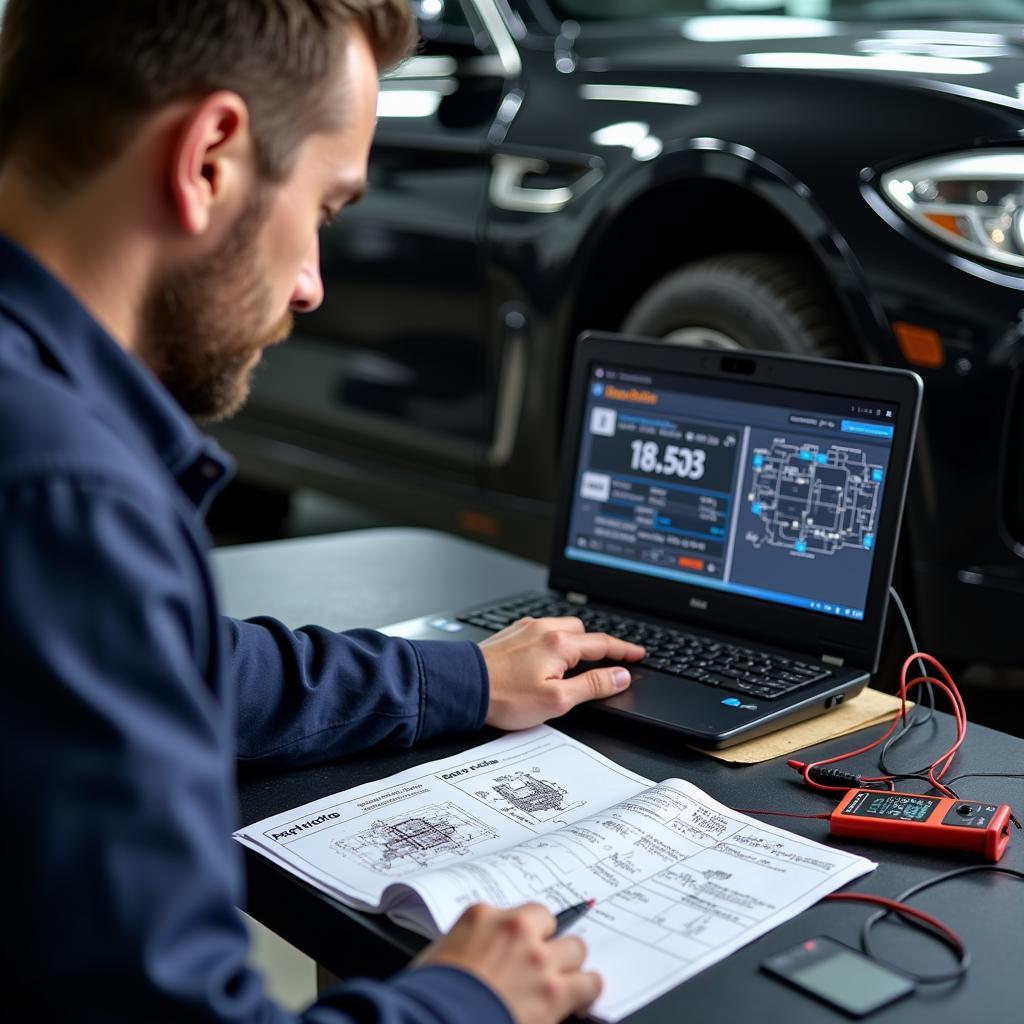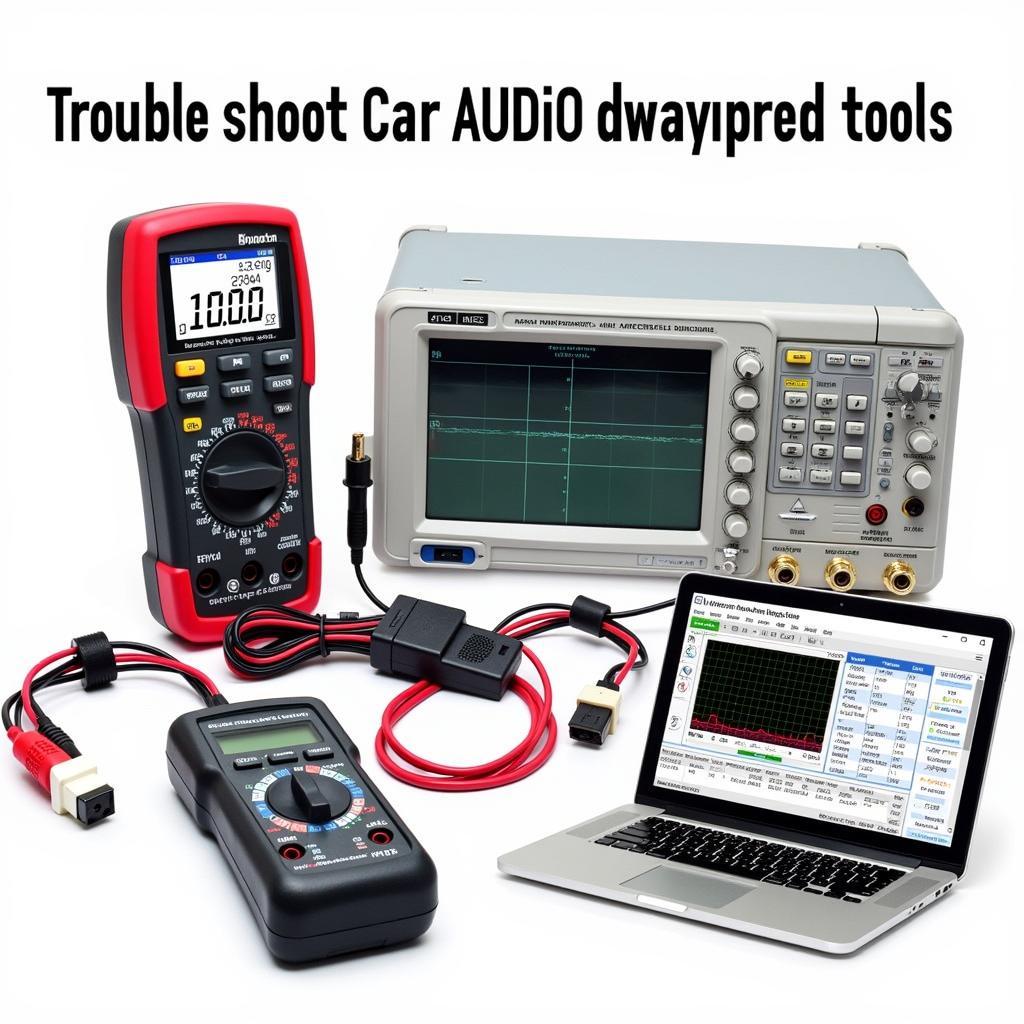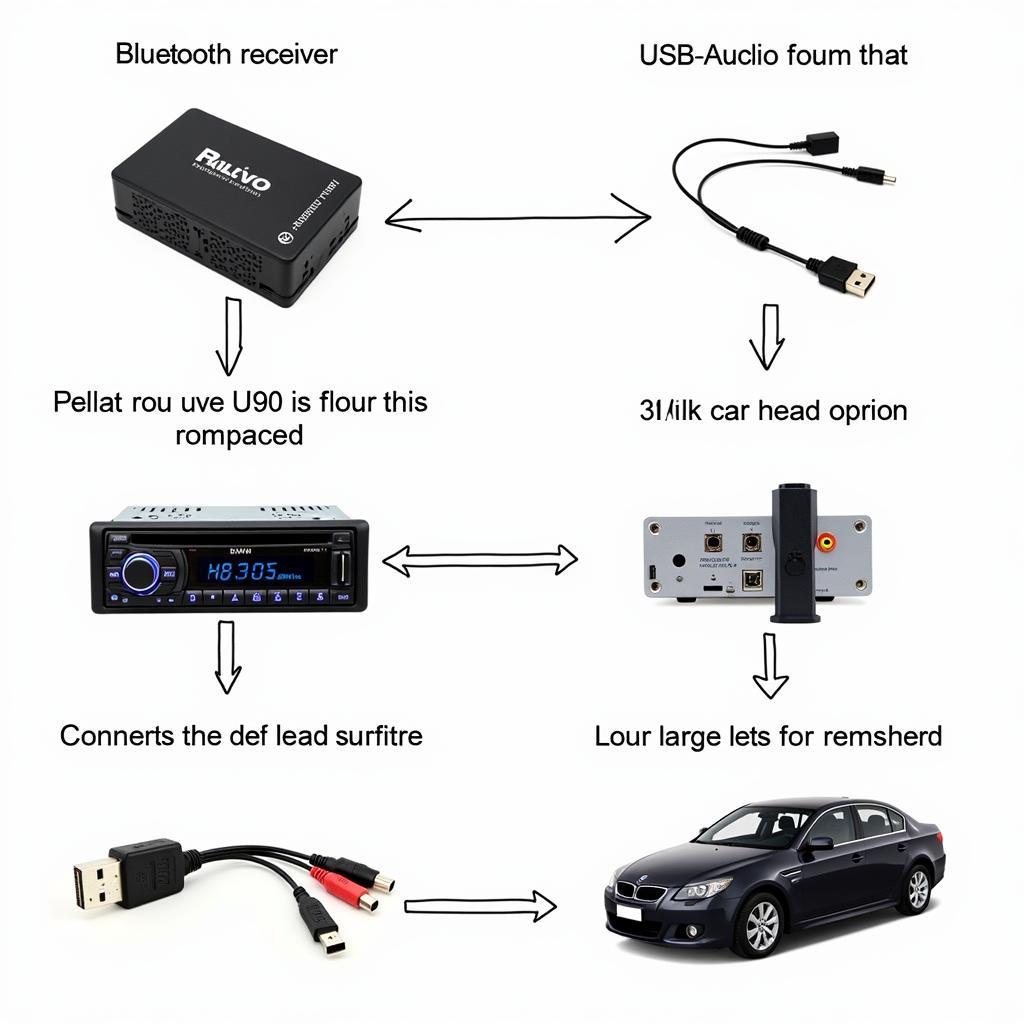BMW audio systems are renowned for their sophisticated engineering, delivering a premium listening experience. However, like any complex technology, they can encounter issues. This article serves as your comprehensive guide to understanding, troubleshooting, and upgrading your BMW’s audio system, covering everything from common problems to advanced diagnostic techniques.
Understanding the intricacies of your BMW’s audio system is crucial for both diagnosing problems and exploring upgrade options. Whether you’re dealing with a crackling speaker, a faulty amplifier, or simply seeking to enhance your sound quality, this guide provides the knowledge you need.
Common Issues with BMW Audio Systems
Several common problems can plague BMW audio systems, regardless of model or year. These issues range from simple fixes to more complex problems requiring professional attention. Some frequently encountered issues include:
- Speaker malfunctions: A blown speaker is often identified by a distorted or crackling sound. This can be caused by wear and tear, excessive volume, or physical damage.
- Amplifier problems: A malfunctioning amplifier can lead to a complete loss of sound or significantly reduced audio output.
- Software glitches: Software-related issues can manifest in various ways, from erratic behavior to complete system failure. These glitches often require specialized diagnostic software and expertise to resolve.
- Wiring harness issues: Damaged or corroded wiring can interrupt the signal flow, resulting in intermittent sound or complete silence from certain speakers.
- Head unit problems: The head unit, the central control panel for your audio system, can experience malfunctions affecting various functions, including radio reception, Bluetooth connectivity, and audio output.
Diagnosing BMW Audio Problems
Diagnosing audio problems in a BMW requires a systematic approach. Start by identifying the specific symptoms and then isolating the source of the problem. Here are some diagnostic steps you can take:
- Check the fuses: A blown fuse can be a simple fix for a seemingly complex problem. Consult your owner’s manual to locate the audio system fuses.
- Inspect the wiring: Carefully examine the wiring harness for any signs of damage, corrosion, or loose connections.
- Test the speakers: Using a multimeter, test the impedance of each speaker to determine if it’s functioning correctly.
- Check the amplifier: If the speakers are working, the next step is to check the amplifier’s power supply and output.
- Use diagnostic software: For more complex issues, specialized diagnostic software can pinpoint the source of the problem.
 Diagnostic Tools for BMW Audio Systems
Diagnostic Tools for BMW Audio Systems
Upgrading Your BMW Audio System
Upgrading your BMW’s audio system can significantly enhance your listening experience. Several upgrade options are available, depending on your budget and desired level of performance.
- Speaker upgrades: Replacing the factory speakers with high-quality aftermarket speakers can dramatically improve sound clarity and bass response.
- Amplifier upgrades: A more powerful amplifier can provide cleaner power to the speakers, resulting in a richer and more dynamic sound.
- Subwoofer installation: Adding a subwoofer can add depth and impact to the low-frequency range, enhancing the overall listening experience.
- Head unit replacement: Replacing the factory head unit with an aftermarket unit can provide access to advanced features like Apple CarPlay, Android Auto, and improved sound processing.
What are the different types of BMW audio systems?
BMW offers a range of audio systems, from the standard stereo to premium systems like Harman Kardon and Bowers & Wilkins. Each system has unique features and performance characteristics. For example, the bmw e90 audio systems are known for their specific challenges. The bmw audio system generally aims for high fidelity.
How do I reset my BMW audio system?
Resetting your BMW audio system can sometimes resolve minor software glitches. This can usually be accomplished by disconnecting the battery or using a specific reset procedure outlined in your owner’s manual. Sometimes, issues specific to certain models, such as the bmw e53 audio systems, require more specialized reset procedures.
Can I install an aftermarket audio system in my BMW?
Yes, you can install an aftermarket audio system in your BMW. However, it’s essential to choose compatible components and ensure proper installation to avoid any potential issues. Consider also researching the audio systems in different models, like the bmw r18 audio, to understand compatibility and potential challenges. If you are looking into older models with systems like the integral audio bmw, be sure to check its compatibility with modern systems.
Conclusion
Maintaining and upgrading your BMW audio system can enhance your driving experience. By understanding the common issues, diagnostic procedures, and upgrade options, you can ensure a premium listening experience for years to come. Whether you’re troubleshooting a problem or seeking to enhance your sound quality, this guide provides valuable insights into the world of BMW audio systems.
FAQ
- How do I identify a blown speaker in my BMW?
- What are the most common causes of amplifier failure in BMWs?
- Can I upgrade my BMW audio system myself?
- Where can I find reliable BMW audio system diagnostic software?
- How do I choose the right aftermarket speakers for my BMW?
- What are the benefits of upgrading to a premium audio system?
- How do I maintain my BMW audio system to ensure its longevity?
Need support? Contact us via Whatsapp: +1 (641) 206-8880, Email: CARDIAGTECH[email protected] Or visit us at: 276 Reock St, City of Orange, NJ 07050, United States. We have a 24/7 customer support team.


